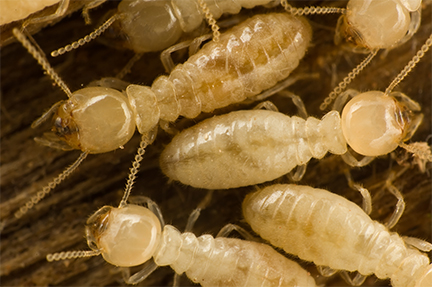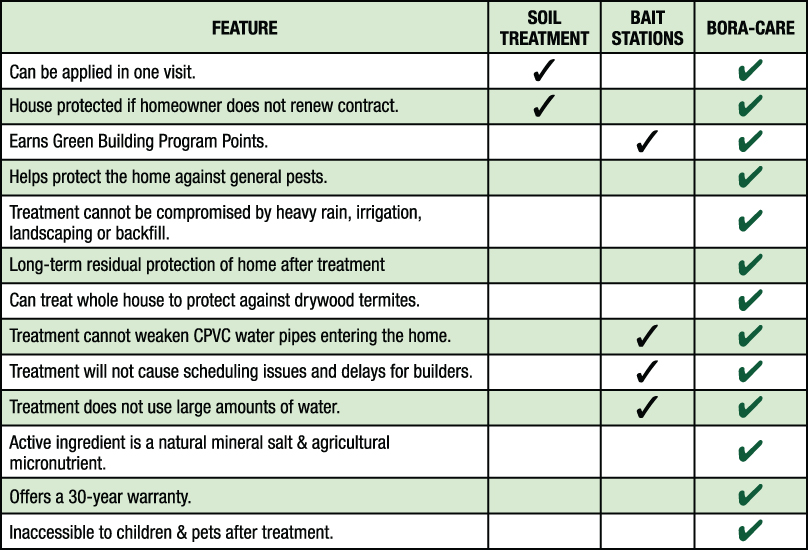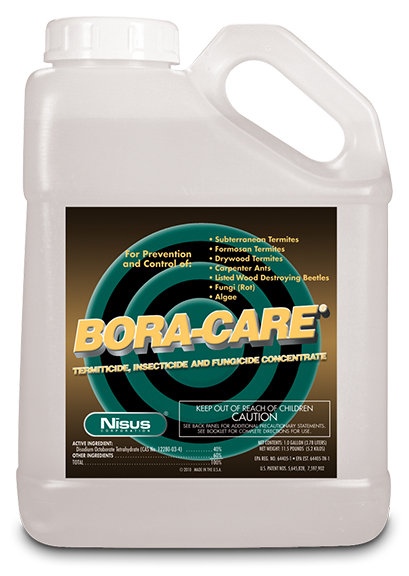They are soil treatments, bait stations and wood treatments. Only the use of these three methods using an EPA-registered product that is labeled as a "primary" new construction treatment will satisfy HUD, FHA & VA requirements and the requirements of 2016 International Building Code.
 Soil treatments are the oldest form of termite treatment. 200-400 gallons of liquid termiticide are pumped into the ground under the slab and around the foundation.
Soil treatments are the oldest form of termite treatment. 200-400 gallons of liquid termiticide are pumped into the ground under the slab and around the foundation.
These treatments can last 5-10 years but must be repeated to provide continued protection. That means that a home that lasts for 100 years would have 2000 gallons of termiticide pumped into the soil around and under the structure during its lifetime. In addition to the environmental issues, there is also the problem of soil not being consistent so as the termiticide is pumped into the ground, it may not cover evenly and leave gaps in protection. Breaks in the chemical barrier can also be created during landscaping. Finally, soil treatments cannot be applied if it is raining or rain is expected, which can cause delays in construction. In fact, one national builder found soil treatments were causing an average of one day of delay in their production cycle.
Bait stations are another type of treatment and are placed directly into the ground surrounding a structure. These stations contain cellulose that has been laced with an insecticide, that kills the termite workers if a foraging termite happens to run across one of the stations. To put this in perspective, if termites were the size of humans, the bait stations would be placed seven football fields apart and don’t forget, termites are blind! There are many cases where termites simply bypass the station and never come into contact with the bait, as you can see in this video. In addition, recent studies using DNA testing show that colonies are not eliminated, but simply move. And if the homeowner does not renew the service, the bait stations are removed, leaving the home with no termite protection at all.





